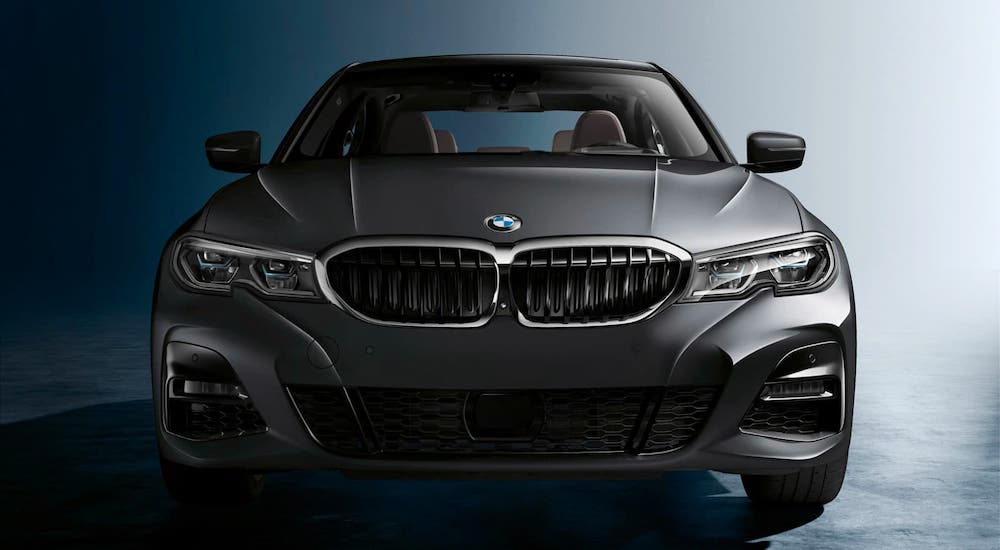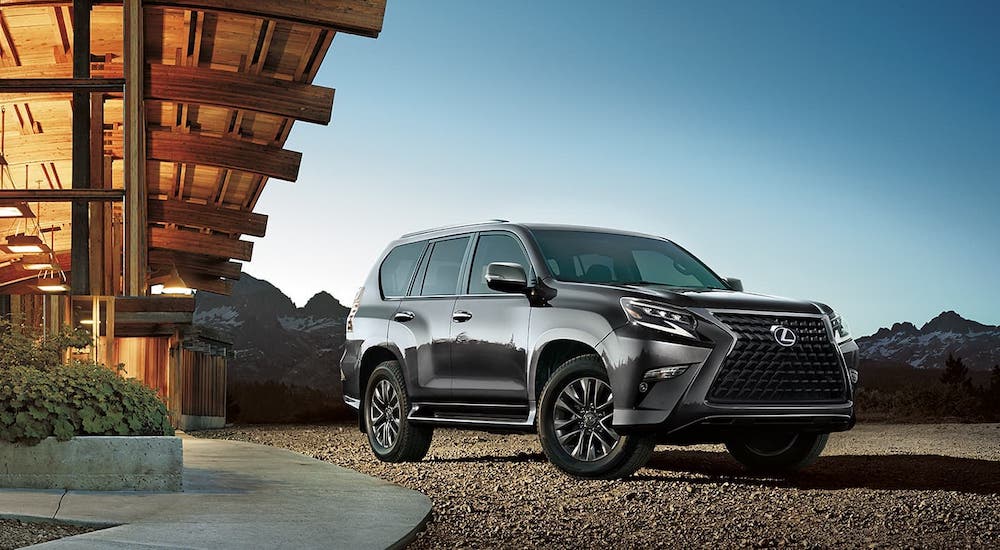A powerful engine might be the key to a great sports car, and towing capacity is certainly important for a pickup, but every vehicle can benefit from technological innovations. Whether you’re looking at entertainment features like infotainment displays and speaker systems, safety options like adaptive cruise control, or future possibilities involving autonomous driving and more, car tech is one of those things that’s always improving and offering new, exciting features for drivers. While the best stuff might be found on the most expensive models, it all inevitably finds its way to everyone else.
Today, I’m going to take you through some of the most exciting car tech out there that you can find on vehicles right now – as well as some features that aren’t quite available yet. These are mostly things you’re going to find on the highest trims of the nicest vehicles, though a lot of them are becoming more widely available. In the years to come, more of these features will become offered and even standard on every car on the road, making driving safer, more enjoyable, and better than ever before.
Current Car Tech – Adaptive Cruise Control
Alright, I’ll admit that cruise control might not be exactly “sexy,” but it’s important and makes driving a lot easier. In the past, cruise control was pretty simple: press a button, and your car would stay at the speed you were at. These days, however, adaptive cruise control works much better and will actively adjust your speed in response to traffic around you. While you still have to steer, it’s a lot easier to use in situations where you don’t have a completely open road.
Current Car Tech – Automatic Emergency Braking
This is another one that might not be particularly exciting, but it can have a huge impact on overall safety while driving. Automatic emergency braking uses sensors to detect when a collision might be about to happen and will hit the brakes for you. It can even detect when you’re applying the brakes but not as much as you should and increase the braking force to help avoid a collision. Right now, it’s available as part of a lot of safety packages, though nearly two-dozen manufacturers have said they’ll make it a standard feature on their vehicles by late 2022.
Current Car Tech – Semi-Autonomous Driving
Now, this is the kind of car tech I get excited about – cars driving themselves so that we don’t have to. For now, this is still semi-autonomous, so you still have to do a lot of driving for yourself, but vehicles with systems like Cadillac’s Super Cruise and Tesla’s Autopilot allow vehicles to take over and drive without your input. This includes simple things like lane-centering, as well as lane changing, self-parking, and more. Tesla vehicles can even be summoned to you in a parking lot (we’ll get to fully autonomous driving further down).
Current Car Tech – Wireless Charging
While most vehicles have USB ports and power connections for charging phones and similar devices, wireless charging makes it even easier. With a compatible device, you simply set it on the right spot, and it will charge without having to remember a cable or use up a port. This is becoming increasingly standard on a wide range of trims and makes it a lot easier to keep your devices powered up.
Current Car Tech – Head-Up Displays
This is one of those cool things that definitely feels straight out of sci-fi movies from a couple of decades ago. A head-up display projects information onto your windshield so you can track your speed, see navigation info, and even get safety alerts, all without taking your eyes off the road. Newer HUD systems include color, making it easier to see different info, and can even be programmed and customized with what you want to see.
Current Car Tech – Large Interior Displays
From infotainment centers to driver instrument clusters, the displays in vehicles are getting larger and more useful. In fact, a couple of new vehicles have done away with multiple displays and instead feature a single, massive, curving display across the entire front dashboard. This is one of those things that will be interesting as car tech continues to improve – after all, if you don’t need to focus on driving, then entertainment for the driver becomes much more meaningful.
Future Car Tech – Fully Autonomous Driving
While we might only be up to semi-autonomous driving at the moment, full autonomy for vehicles isn’t just a pipe dream: it’s soon to be a reality. The goal is for cars to be able to drive from one end of the country to the other, without any input from you as a driver. There are still a few hurdles in the way to be overcome, but they’re not impossible tasks. In fact, numerous companies have been testing fully-autonomous test cars on public roads for years, and Tesla Full Self Driving has been available to beta testers for a couple of months now. The day is soon approaching when you could get into your vehicle, tell it where to go, and then have a nap.
Future Car Tech – Driver Monitoring
This is already used in some applications, though it will certainly continue to improve. Driver monitoring means the vehicle is watching the driver, tracking your eye movements to ensure you’re paying attention to the road. This will be used to alert you when you lose focus or seem to be falling asleep. A lot of attention systems right now rely on detecting if you are holding the steering wheel, but eye-tracking driver monitoring has proven more reliable and effective.
Future Car Tech – Advanced Sound Systems
For now, the most impressive audio systems in a vehicle rely on more and more speakers. A car might come with six speakers standard but have options for a 12-speaker premium audio system. In the future, however, that could change in a couple of interesting ways. One company is working on speakers that create “sound zones” that are discrete from each other. So the driver hears one type of audio, while a passenger in the back hears something completely different – this could certainly help with long road trips and ride-sharing.
Renowned audio company Sennheiser has ditched speakers completely and instead is developing technology that turns the vehicle itself into the sound system. Parts of the vehicle’s body are effectively turned into the speakers, creating sound inside and eliminating the need for the installation of separate speakers. Interestingly, a version of this technology is actually available today in the Honda Ridgeline, although Honda’s Truck-Bed Audio System can only be listened to when you are outside the vehicle.
Future Car Tech – Improved Comfort
Car tech as it relates to seating has stagnated a bit in recent years, mostly involving additional adjustable positions and lumbar support. Future vehicles, however, are likely to include seats that can fully recline and even include foot support, at least for a passenger. One concept from BMW eliminates the front-passenger seat completely and places a lounger in the rear along with a footrest next to the driver, for optimal comfort. Other concept seating looks more like the seats you find in first-class in an airplane, with leg support and full lie-flat design.
This kind of seating is only going to be available for the passengers, at least for now. However, as soon as you start combining these types of car tech, the future forms into a clear picture. Within a few decades, we’ll have self-driving cars, with seats that are more luxurious than in your living room, letting you lie back and watch a movie on your windshield, which has been replaced with an HD display. Sign me up!






